You wouldn’t be the first to glance at a worn $1 bill in your pocket and assume it’s just spending money. But we recommend taking a closer look, for it might contain something far more interesting—especially for the right collector. Some dollar bills carry details that set them apart: printing quirks, serial number patterns, and even historical oddities. If you're curious about what makes a $1 bill more than just legal tender, here are a few things worth knowing.
Star Notes
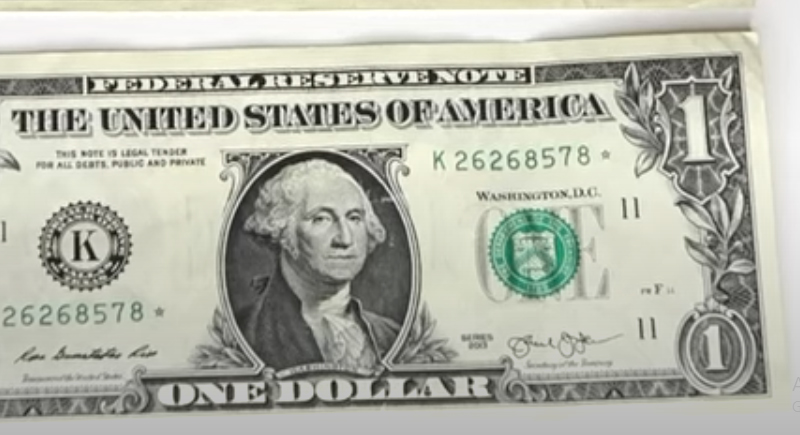
Credit: Youtube
A small star next to the serial number signals a replacement note. These are issued when a bill is damaged during production and has to be swapped out. Since star notes are only printed in the quantity needed to replace defective ones, they’re automatically scarcer than standard issues. Some runs are especially limited, depending on the series and the Federal Reserve district.
Low Serial Numbers
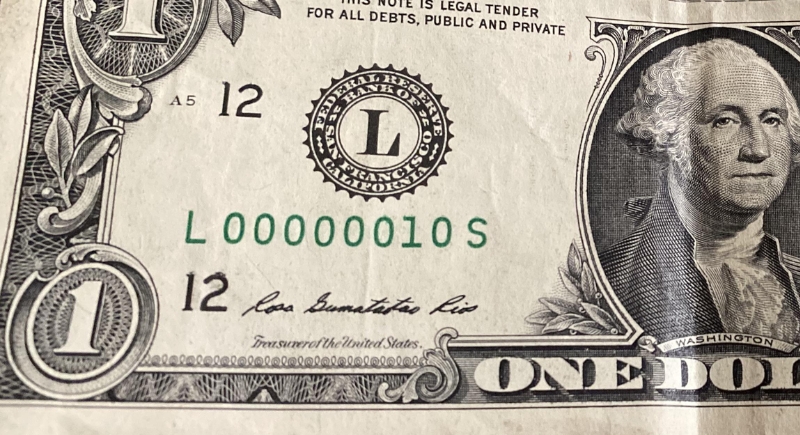
Credit: Reddit
Bills with serial numbers that start with several zeros, such as 00000024, stand out for a reason. Currency collectors tend to value the earliest numbers printed in each run—especially those under 00000100. These aren’t common, and many are taken out of circulation quickly. While they’re still technically worth a dollar, these notes often fetch higher prices due to how few survive in good condition.
High Serial Numbers
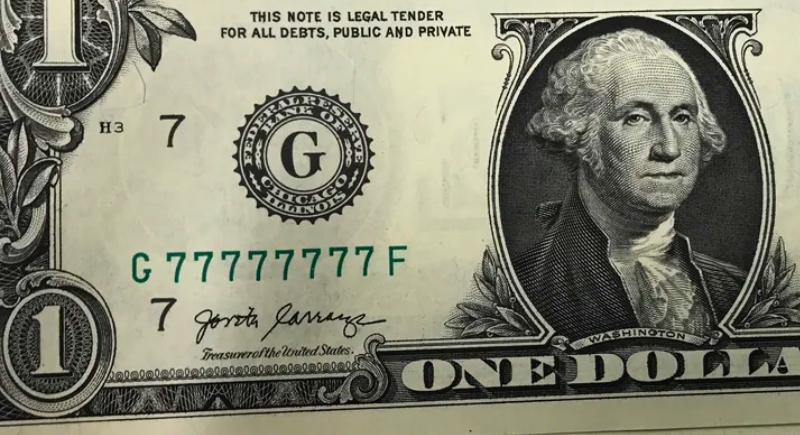
Credit: Reddit
At the other end of the spectrum are high serial numbers—bills that end close to the maximum number printed for that run. A bill marked with something like 99999976 doesn’t appear often because it's near the end of the serial number range. These aren’t as heavily collected as low numbers but are still considered notable, particularly when the run itself was small.
Repeater Serial Numbers
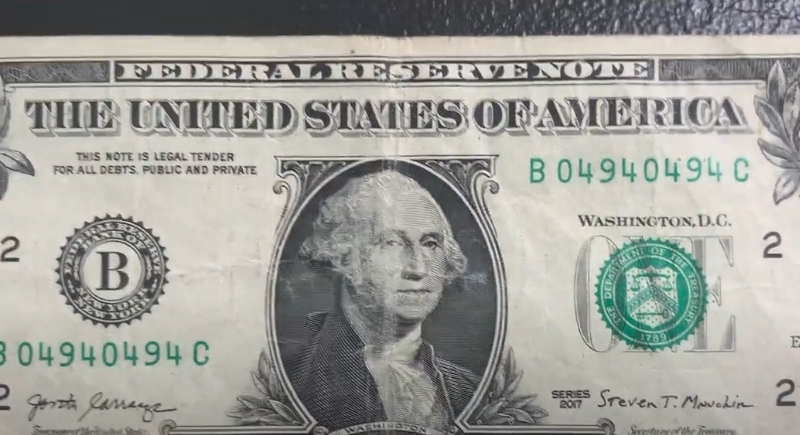
Credit: Youtube
Some serial numbers form repeated patterns, such as 47474747. These are called “repeaters.” They’re not errors or special issues—just numerical quirks. However, patterns like this tend to catch collectors’ eyes because they break the monotony of random numbers. The cleaner and more balanced the pattern, the more interest it draws.
Radar Serial Numbers

Credit: Youtube
A “radar” note reads the same forward and backward—like 2455542. These are palindromes in serial number form. They're not printed deliberately and occur by chance during normal production. While not rare in the grand scheme, finding one in crisp condition is uncommon enough to make it worth holding onto.
Binary Serial Numbers
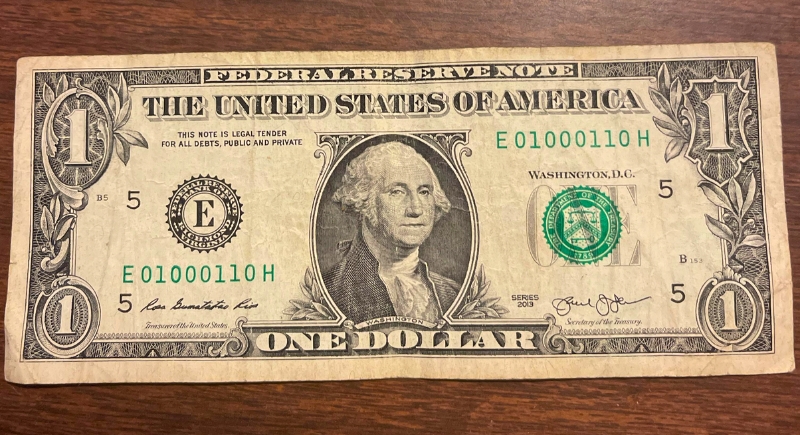
Credit: Reddit
Bills with serial numbers using only two digits—like 10101010 or 23232323—fall into the “binary” category. They don’t show up frequently and appeal to collectors who appreciate visual order and symmetry. Some collectors specifically look for binary notes with alternating patterns or balance across the number line.
Solid Serial Numbers
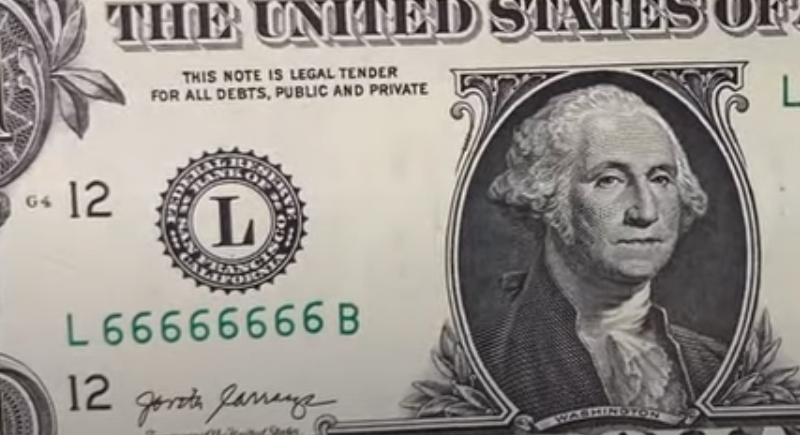
Credit: Youtube
A solid serial number, such as 88888888, is exactly what it sounds like—eight of the same digit. These are exceedingly rare because only one per 10 million serial numbers will be solid. That rarity alone makes them desirable. The digit itself can also influence value; for instance, in some cultures, certain numbers—like 8—carry symbolic meaning, which can increase interest abroad.
Ladder Serial Numbers

Credit: Youtube
A ladder serial, such as 12345678, is essentially a complete sequence. There are only a few of these per entire print run, and most never make it into general circulation. A true ladder—eight digits in perfect ascending or descending order—is so unlikely to be spotted in daily use that when one does surface, it usually doesn’t stay on the market long.
Mismatched Serial Numbers

Credit: Reddit
Every U.S. bill has two identical serial numbers—one on the left and one on the right. But every now and then, a misprint slips through where the numbers don’t match. This is a production error, and it’s not supposed to happen. If the mismatch is confirmed and not caused by tampering, the bill can become highly collectible, especially if it’s in good condition and the mismatch is significant.
Misaligned Printing
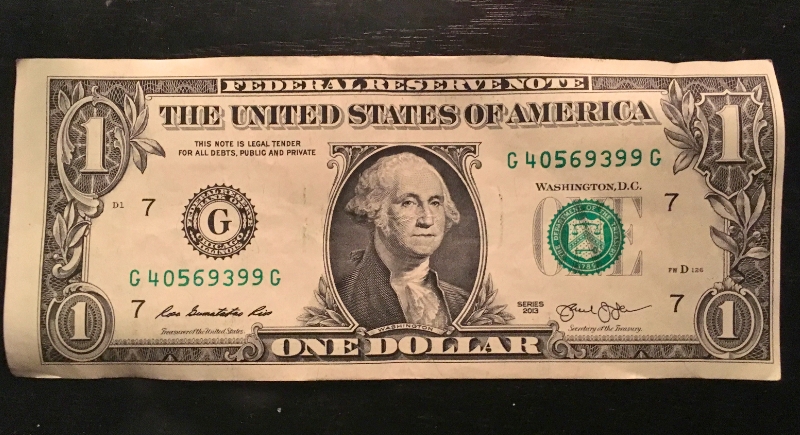
Credit: Reddit
Misalignment happens when the printed elements—like seals or serial numbers—aren’t where they’re supposed to be. If the print appears noticeably shifted, either too high, too low, or off to one side, it might be a legitimate alignment error. These aren’t common, and when they’re clear enough to stand out, collectors often take interest. However, wear and tear can make it hard to tell, so condition matters here too.
Inverted Overprints
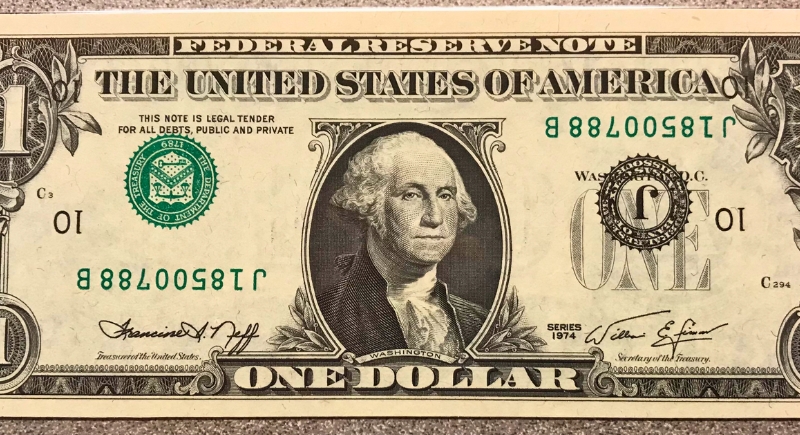
Credit: Reddit
An inverted overprint occurs when the Treasury seal or serial numbers are printed upside down. It’s a mechanical mistake, not a design feature, and it’s rare. These typically happen when sheets are fed incorrectly into the overprinting press.
Web Notes

Credit: Reddit
In the late 1980s and early 1990s, the Bureau of Engraving and Printing experimented with a different printing process called “web-fed” printing, where rolls of paper were used instead of sheets. These notes are called “web notes,” and they look nearly identical to regular notes. The main visual clue: there’s no plate position letter in the lower right corner of the front side.
Older Series
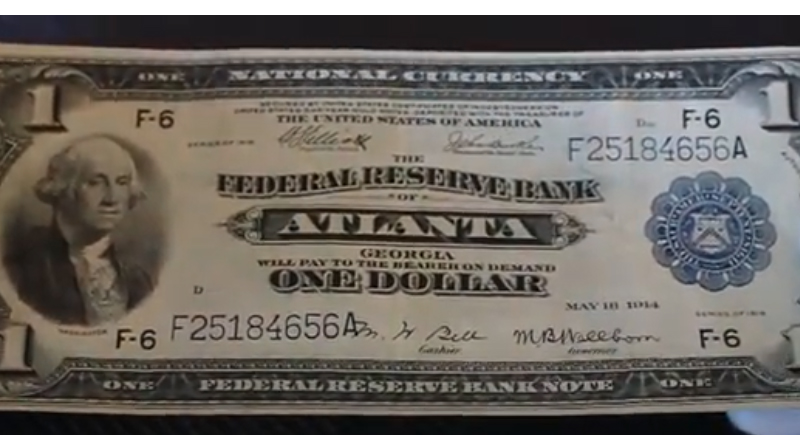
Credit: Youtube
A bill’s age alone doesn’t determine its value, but scarcity plays a big role. For example, $1 bills from the 1917 or 1923 series, especially in crisp condition, are no longer easy to find. Paper currency from the early 20th century was printed on different stock, often larger in size, and many were destroyed or worn out over time.
Short-Term Signatures
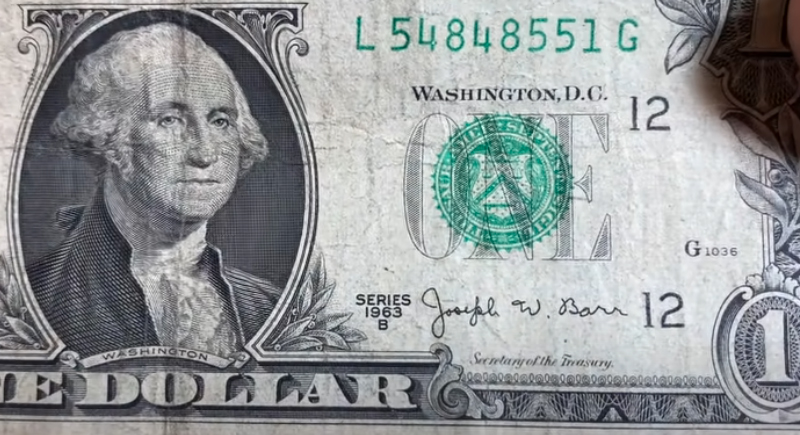
Credit: Youtube
U.S. bills are signed by the Secretary of the Treasury and the Treasurer. When one of these officials serves only briefly, bills bearing their signature can become a target for collectors. One well-known example is Joseph W. Barr, who served as Treasury Secretary for just four weeks in 1968. His signature appears only on the 1963B $1 series, so those notes are a point of interest even though they aren’t especially rare.
Overall Condition
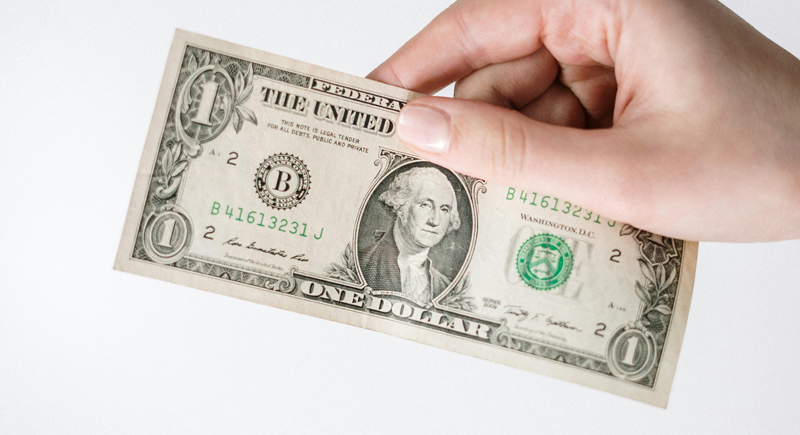
Credit: pexels
No matter how rare a bill might be, condition plays a major role in its value. Notes that are creased, torn, stained, or faded lose value fast. Collectors look for sharp corners, no folds, and original crispness. A rare serial number on a worn-out bill might still attract interest, but a pristine note with a desirable trait stands a much better chance of being worth more than face value.
